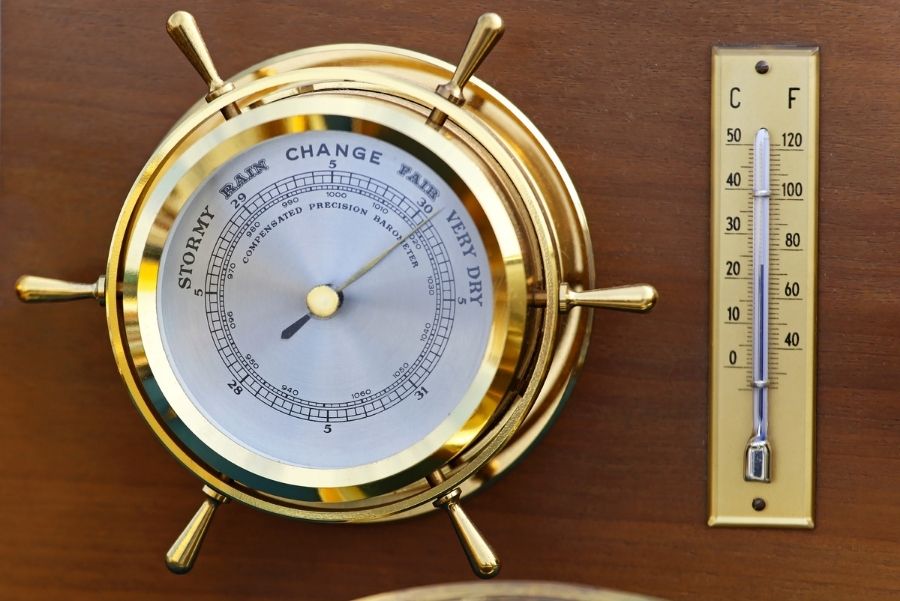A barometer is a scientific apparatus that is designed to measure atmospheric pressure. Barometers are often used in weather forecasting, and they use data from changes in atmospheric pressure to forecast short-term changes in the weather. Make sure you check out cabinet makers newcastle for all your barometers display unites. They do an amazing job in hard timber.

Who invented the barometer?
The barometer was invented by Italian mathematician and Physicist Evangelista Torricelli in 1643. He was inspired by the writings of Galileo and wrote a discussion on mechanics. This writing impressed Galileo, so he was requested to come to Florence and served Galileo as a secretary and subordinate.
The Florine Academy then invited Torricelli to succeed Galileo as a mathematics professor. It was here that Torricelli pursued a recommendation by his late mentor Galileo. After two years, Torricelli filled-up mercury in a glass tubing four feet in height and then inverted it into a dish. During the experiment, he noticed that some mercury didn’t pour out of the glass tube. He also sees that the space created above the glass tube was a vacuum.
Torricelli was the first person to make a continuous vacuum. He further observed that there were changes in the elevation of the mercury in the glass tube. He concluded that atmospheric pressure changes cause daily changes in the mercury’s height in the glass tube.
What is Atmospheric pressure?
Atmospheric pressure also sometimes called barometric pressure, is the unit of force exerted by an atmosphere column. The atmospheric pressure can be measure using a mercury barometer that will indicate the height of a column of mercury and the aneroid barometer, which measures the atmospheric pressure mechanically.
Types of Barometer
The barometer has two main types, mercury barometer and aneroid barometer.
Mercury barometer is the more traditional type of barometer that use mercury to measure atmospheric pressure. The elevation of the mercury is precisely measured to determine the changes in the atmospheric pressure.
Aneroid barometers are nonliquid type barometers. It is often used in portable instruments and planes for their altimeters. It usually has a needle and a flexible-walled evacuated capsule which deflects with the changes in atmospheric pressure. This deflection is the registered mechanically in the syringe that will indicate the changes in atmospheric pressure.
The most common unit in measuring atmospheric pressure is using dynes per square meters, newtons per square meters, newton per square inch. Atmospheric pressure can also be measured by centimetres, inches or millimetres of mercury.
The standard atmospheric pressure is an atmosphere (atm), a unit of air pressure measure at sea level at a temperature of 15 degrees centigrade or 59 degrees Fahrenheit. One Atmosphere is equivalent to 1,013 millibars or 760 millimetres of mercury.
Do Barometers need to be calibrated?
The atmospheric pressure decrease to about 3.5 millibars every 30 metres. In cold air, the decrease is greater compared to warmer air. Barometers need to be calibrated to adjust to the changes in temperature and pressure.
A mercury barometer is often used to check and calibrate aneroid barometers. The calibration can be in terms of the altitude above sea level or atmospheric pressure. This critical, since low pressure causes mountain sickness. So aircraft and mountain climbers should calibrate them occasionally.